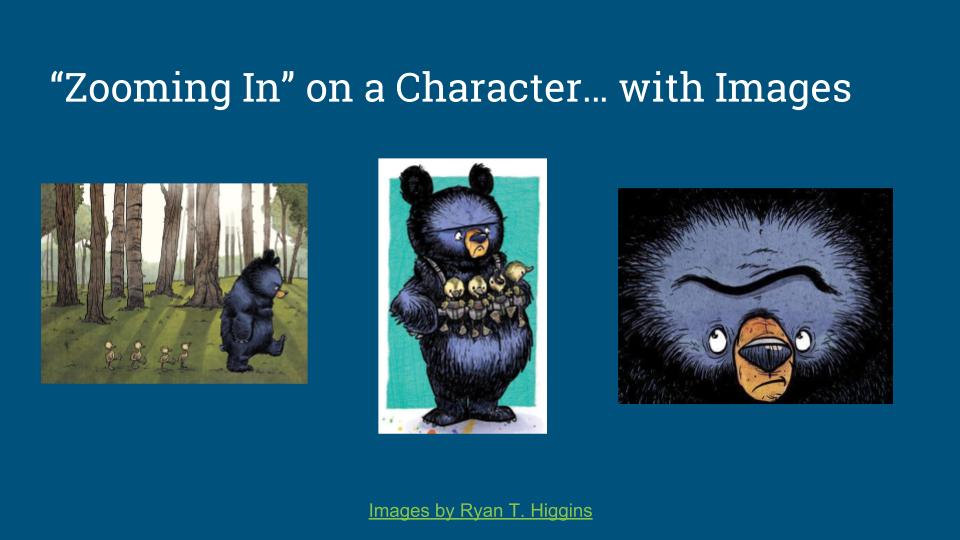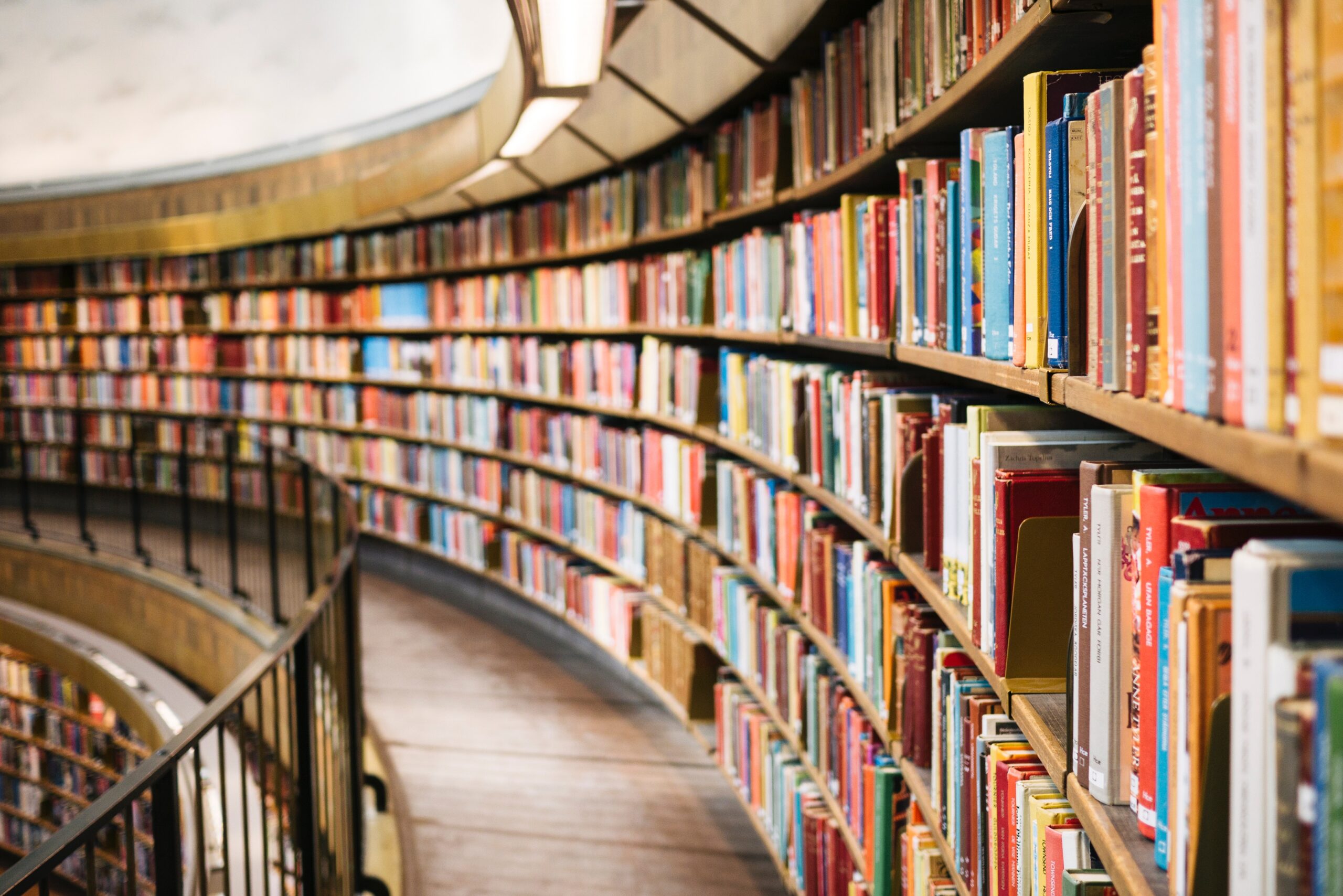As often happens in my professional life, earlier this year, I was invited to lead a session broadly related to teaching writing and digital literacy, specifically for middle school students. Unlike my previous experiences, however, this particular opportunity came from CMU’s Center for Excellence in STEM Education‘s partnership with the Build a Better Book Project. In short:
The Build a Better Book project, based at the University of Colorado Boulder, works with school and library Makerspaces to engage youth in the design and fabrication of accessible picture books and graphics… Through the Build a Better Book initiative, middle and high school youth develop technology skills and learn about STEM careers as they design and create accessible, multi-modal picture books, graphics and games that can be seen, touched and heard!
So, in this case, I was invited to lead a session on a topic that I had quite a bit of experience with (teaching character development in writing), but needed to think critically and creatively about how to present the idea, taking concerns about accessibility into account. And, as often is the case, I turned to my PLN for help.
Originally conceived as the “Tactile Picture Books Project” at the University of Colorado Boulder, I quickly discovered that another digital literacies scholar, Bridget Dalton, was part of the research team. Reaching out to her, she shared her scholarship about the project and the four core experiences for any tactile book workshop:
- “Introduction to the design task and audience”
- “[t]actile sensory immersion”
- “[t]eams’ making of tactile pages to retell a picture book” (and presentation of that book
- “[r}eflection on the experience.”
In the sense that students will already be immersed in the process, I’m fortunate that my lesson will come on the second day of a multi-day experience, focusing mostly on steps 3 and 4. They will have had some experience understanding the design task and the audience of visually impaired readers, as well as some tactile sensory immersion. When I see them on day two, my goal will be to help them think about ways that authors describe and develop characters in picture books. So, I am working on the retelling, but also the annotating. Taking what I learned from Margaret Price at DMAC earlier in the summer about annotations for accessibility, I will ask students to both write descriptions of the character as well as to use tactile materials for creating far, mid, and close-up representations.
The challenge, of course, is that helping them figure out how to create tactile books – as well as annotations – that accurately and creatively represent those characters.
Thus, I wanted to find a children’s picture book that – both literally through images as well as figuratively through language – “zooms in” on a character. I want them to write/create three different perspectives of the character – long shot, medium shot, and close up – both in writing and with crafting materials.
To that end, I again turned to my PLN to find an appropriate picture book, and Colby Sharp suggested Mother Bruce, by Ryan T. Higgins. His suggestion did not disappoint. Mother Bruce is perfect, with images of Bruce the bear from afar, from nearby, and in extreme close-up. Coupled with a flipped lesson from Aron Meyer on “Using the Zoom-In Strategy to Enhance Narrative Writing,” I will use a series of images from Mother Bruce to then have students think about descriptive words for illustrating characters in terms of shape, size, and proximity.
So, these slides represent my general thinking about how I will approach the lesson. We will look at the generic images, do a read-aloud of Mother Bruce, then look again at the images in the book more carefully, with a lens for both annotation and tacitly illustrating them:



So, the lesson focuses on the words…
- What would a description of Bruce need to include when we “see” him from a distance? At a mid-range? Close up?
- How can we use different words to describe shape, size, and proximity?
And the tactile elements…
- What would his fur or nose feel like from far away? Close up?
- What about the additional features of his body and face? Eyebrows? Snout?
- How can we change shapes and texture to help the reader know that the image is a far shot, mid shot, or close up?
My goal will be to have them create the three tactile representations, as well as write the annotations for the tactile books as a way to supplement the readers’ experiences. Though we will probably not have time in my workshop to invite the students to audio record these annotations and connect them with Makey Makeys, that would be one extension that could make the text even more accessible, and is in line with the Build a Better Book pedagogy.
In sum, this is an interesting way to cap off a busy summer of professional learning. When the CMU STEM Ed Center invited me to do this work at the beginning of the summer, I had no idea what I would do. Yet, the challenge was given to me, and I kept thinking about the possibilities with each opportunity that I had to learn throughout the summer. I look forward to seeing how students responds to the lesson and, in turn, what they might do to more completely and complexly represent Bruce through both their annotations and tactile pages.

This work is licensed under a Creative Commons Attribution-NonCommercial-ShareAlike 4.0 International License.


